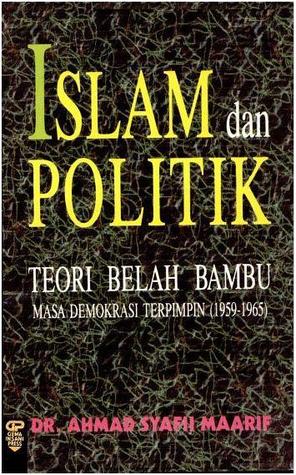

The model was developed through R & D design with three phases: preliminary study phase, model design and model validation. This research aims to produce interconnection of multiple level representations (IMLR) using web-based model of learning and analyse its impact on increasing the ability of pre-service chemistry teachers. Some of the obstacles encountered in computer-based learning include: the limited number, the completeness of computers available in schools, the skills of teachers and students using computers, as well as software resilience. Observation analysis of dynamic classroom in learning activities was more active in learning than static multimedia. The results of the questionnaire show that multimedia-assisted learning is favoured by students. There was no significant difference in retention of learners with dynamic multimedia and static multimedia. The students' critical thinking skills improved with N-gain of 0.51 in dynamic multimedia class and 0.21 N-gain in static multimedia class. The Z test results and the Mann-Whitney test at α = 0.05 indicated a significant difference in mastery of student concept with N-gain 0.50 in dynamic multimedia class and N-gain 0.34 in static multimedia class. Instruments include objective test questions, questionnaires, observations, and interviews. The data collected was the mastery of concepts, critical thinking, and retention on the concept of the human reproductive system that use dynamic multimedia and static multimedia.

The research design in this study was "pre test-post-test control group design" with sampling technique of cluster random sampling, involving 82 students of class XI IPA. The aims of this study were to examine the effectiveness of the use of Interactive Multimedia in improving the mastery of concept, critical thinking, and student retention on the concept of human reproduction system.


 0 kommentar(er)
0 kommentar(er)
